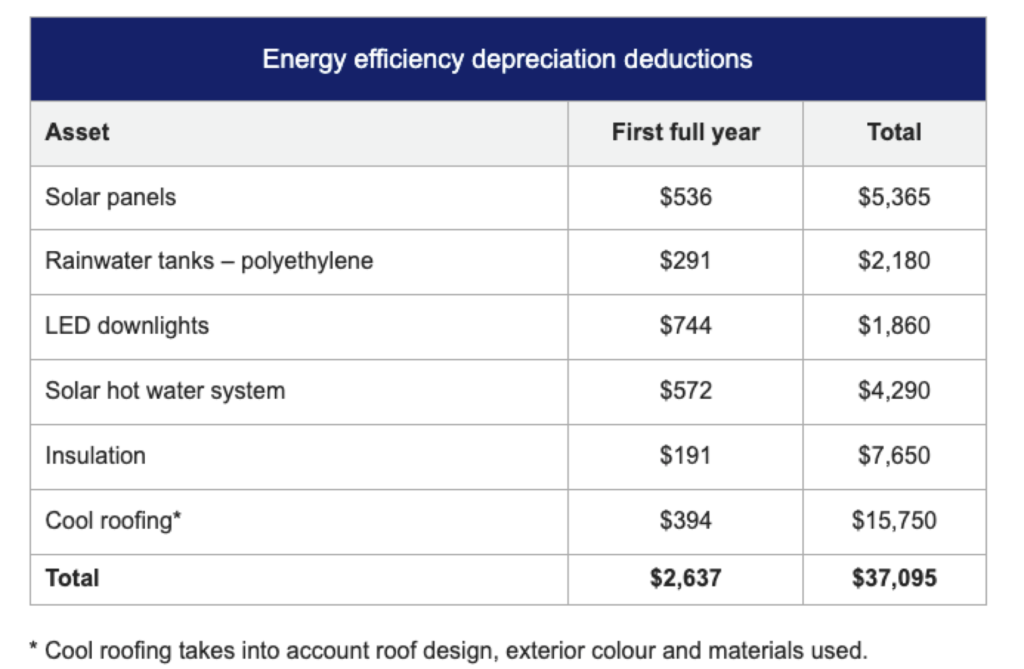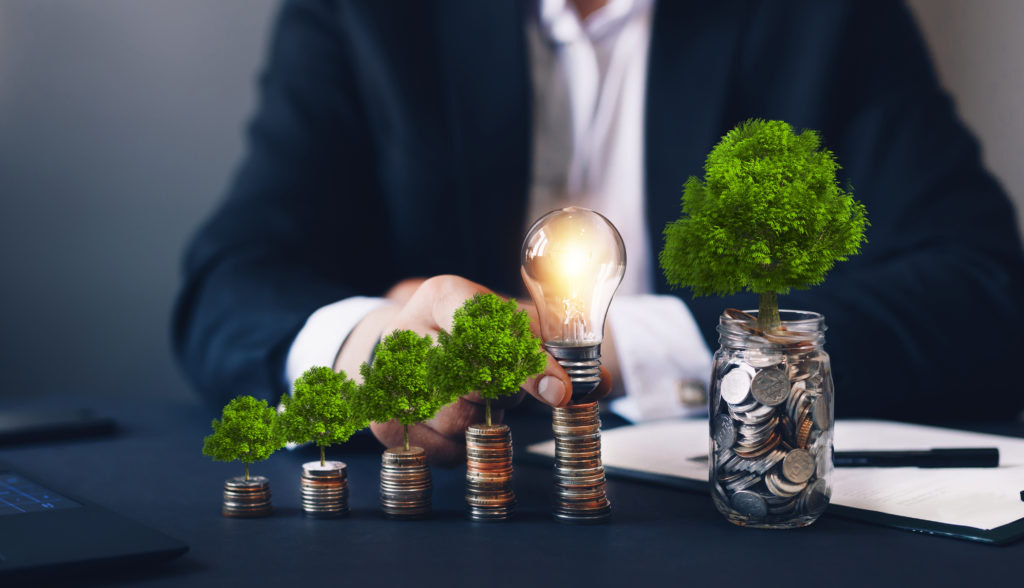One of the most striking financial trends of recent years has been the rise in green investing. There is a growing focus on climate change within green investment, covering various investment styles. In financial markets, you will find Environmental, Social and Governance (ESG) products that tackle the issue from managing risks and others that focus on opportunities.
Green investing – what is it?
Green investments can come in alternative technologies, like solar/wind power, or using resources more efficiently.
Eco-friendly investments can generate profits and environmental benefits. As the world adapts to climate change, older technologies such as fossil fuels and polluting industries will likely experience higher costs and regulatory complications, providing a market opportunity for alternative options. Many mutual funds and index funds pursue these alternative investments, hoping for solid returns in the future.
Some investors buy green bonds, ETFs, index funds, mutual funds, or hold stock in environmentally-friendly companies to sustain green initiatives. While profit is not the only stimulus for those investors, there is some evidence that green investing may equal or beat the returns of more traditional assets.
Green investments – benefits
After the UN Climate Change Conference (COP26) summit in 2020 and discussions regarding the future of Australian coal, an even greater focus has emphasised the need to lessen Australia’s greenhouse gas emissions.
In accordance with research from the Commonwealth Scientific and Industrial Research Organisation (CSIRO) and Bureau of Meteorology (BOM), Australia’s climate has warmed by 1.44 ± 0.24 °C on average since national records began in 1910. The climate increase has been a factor in the frequency of heatwaves, droughts and bushfires. The same research also reported that oceans surrounding Australia are acidifying and have warmed by around one-degree Celcius since 1910.
These changes, together with recent increases in natural disasters in Australia, have influenced governments and individuals to implement changes to reduce carbon footprints.
Once considered a niche sector, green investing has grown after several natural disasters brought attention to the oncoming climate crisis. As a result, the amount of new money in ESG funds reached $51 billion in 2020, more than double the previous year’s figure.
There is evidence that green investments can match or beat the profits of more traditional assets. For example, a 2020 study by Morningstar, Inc. found “no performance trade-off” between environmentally sustainable funds and the wider market. The study also established that “most sustainable funds have outperformed their traditional peers over multiple time horizons.”
Green investing – risks
Investing in green companies have higher risk than other equity strategies because many companies in this sector are in the development stage, with low revenues and high earnings valuations. However, if supporting eco-friendly businesses is vital to investors, green investing can be an alluring way to put their money to work.
The definition of “green” may differ from one investor to another. For example, some supposed “green” funds include companies that operate in the oil or natural gas sectors. Whilst these companies may also be researching renewable energy technology, some investors might hesitate to invest in a fund associated with fossil fuel companies. Therefore, prospective investors should research their investments (by checking out a fund’s prospectus or a stock’s annual filings) to see if the company fits their definition of “green.”
Green investing – finance market
It shouldn’t surprise that investors emphasise climate risk and ESG, given the pronounced business and investor presence at COP26. Research from EY and Morningstar reveals the promise of this investment trend.
A new institutional investor survey by EY discovered that investors are looking to cash in on the “green recovery”. Ninety-two per cent of investors have invested because they saw it benefiting from government post-Covid stimulus programs designed to simultaneously tackle climate change boost economies.
The report stated that investors were cautious of this opportunity becoming a “victim of its success”. Around 76% agreed that a shortage of suitable green investments achieving a high sustainability score from rating providers would invoke some investors overpaying for green assets, which could escalate the risk of a market bubble.
The survey also established investors are taking corporate decarbonisation strategies very seriously, with 86% of respondents targeting companies that have “aggressive carbon-reduction initiatives” as a piece of their investment strategies.
Furthermore, it found that 77% of the surveyed investors would be thoroughly scrutinising any asset allocation and selection decisions to ascertain the physical risks posed by climate change, up from 73% from 2020. Similarly, investors will also be devoting considerable time into assessing transitional risks – 79%, compared to 71% in 2020.
The report did find that investor strategies to assess performance against climate risk were inadequate to their apparent concern, with less than half of investors (44%) reporting a highly mature approach and 45% reporting “medium maturity”.
The report stated that the pandemic had heightened overall ESG awareness, with 90% of investors surveyed attaching greater importance to companies’ ESG performance.
Greenwashing concerns remain prominent. Investors are taking the quality and transparency of ESG data very seriously, with 89 per cent of investors surveyed supportive of mandatory reporting of ESG performance measures against a set of globally consistent standards.
Green investing – the property market
Since May 2019, all new Australian homes, home renovations, alterations, and additions must adhere to the 6-star standard in the National Construction Code (NCC).
The most recent data stipulates that approximately 32% of households in Australia are rentals. Therefore, property investors can impact by making energy-efficient decisions within their property purchasing and improvement strategies.
New properties must now adhere to environmental standards, so they are generally the most energy-efficient. However, owners of older properties who are considering a renovation or extensions to the property can make it more energy-efficient. These more sustainable decisions will, in turn, contribute to some remunerative tax deductions.
Installing smart meters, solar lightin and hot water systems, LED lighting and appliances with high star ratings are some options to improve energy efficiency.
Air-conditioning can make a vast difference. On average, in Australia, up to 50% of a household’s power consumption goes towards air-conditioning costs to counter our unforgiving climate.
When making improvements, choosing a suitable asset can drastically reduce the power used. For instance, a 4+ star reverse-cycle air-conditioner uses 45% less energy than an efficient gas heater.
It’s just as significant to remember the outdoors when making houses more energy efficient. Roofing constructions that promote insulation within a home can make a huge impact. For example, a University of NSW study has found that abolishing dark-coloured roofing in Sydney will lower it’s summer surrounding air temperature by up to 2.4 degrees on average.
The same study demonstrated that converting to cooler roofing alternatives such as adding a coat of white paint could reduce indoor temperatures of uninsulated Western Sydney homes by an average of 4 degrees and an average of 10 degrees during heatwaves.
Naturally, when property improvements are needed, there is a cost. However, depreciation deductions can also help reap an impressive portion of the costs back at tax time. The table below demonstrates some of the first-year and total depreciation deductions available for assets that improve energy efficiency.

Choosing more sustainable and energy efficient options will pay off in the long run for property investors who renovate. It is better for the environment, but tenants will reap the benefit of reduced energy costs. These benefits will help property investors attract and keep quality tenants and potentially increase returns. In addition, a significant portion of the costs can be claimed back as depreciation at tax time.
Vogue Advisory Group – helping you get the most out of your investment
As many activists and lobby groups are keen to highlight, large investors, banks, and other global financial institutions have a pivotal role in setting an excellent example on green investment. But it is also true that individuals can make a measurable difference by ensuring that every financial product or service they buy is chosen with sustainability in mind.
If you need any advice on making green investments, please get in touch with us to assist you.

